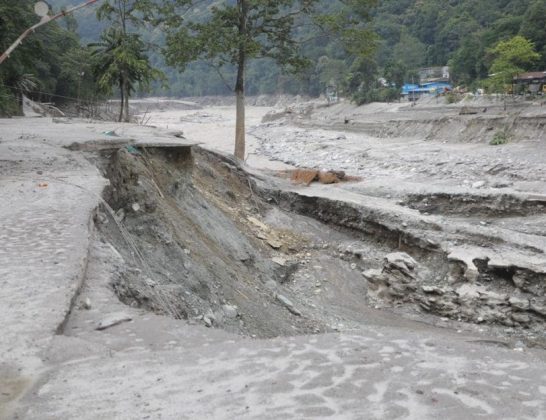Nepal: A Paradise for Birds
Nestled in the heart of the Himalayas, Nepal is not just a breathtaking landscape; it is also a sanctuary for an astonishing variety of bird species. With 896 different bird species, accounting for nearly 9% of all bird species globally, Nepal proudly holds the title of the “paradise of birds.” However, this natural treasure is under threat, and urgent action is needed to protect these vital creatures.

Birds are not merely beautiful additions to our environment; they play crucial roles in maintaining ecological balance. From pollinating plants to controlling pests, birds contribute significantly to our food systems and the health of our ecosystems. Notably, Nepal is home to 42 globally endangered bird species, underscoring the country’s importance in global bird conservation efforts.
Among the fascinating facts about birds in Nepal, the Bee Hummingbird stands out as the smallest bird in the world, weighing a mere 2 grams. The Danphe, or Lophophorus impejanus, serves as Nepal’s national bird, proudly representing the country’s rich avian diversity. The Peregrine Falcon, known for its incredible speed, can reach up to 390 km/h, making it the fastest bird on the planet. Additionally, Nepal serves as a crucial stopover for migratory birds like the Bar-headed Goose and Demoiselle Crane, which traverse thousands of kilometers each year, crossing the formidable Himalayan range.
Despite their beauty and ecological importance, millions of birds face extinction due to human activities such as habitat destruction, hunting, and pollution. In Nepal alone, 17 bird species are on the brink of extinction, highlighting the urgent need for conservation measures.
Why Bird Conservation Matters
Birds are essential for various ecological functions:
Pollinators: They enhance the pollination process, vital for food production.
Seed Dispersers: By consuming fruits and spreading seeds, birds aid in forest regeneration.
Pest Control: Birds help manage pest populations, providing significant support to farmers.
Conservation Efforts in Action
Local communities are stepping up to protect their avian neighbors. Initiatives in protected areas like Sagarmatha National Park and Chitwan National Park demonstrate the power of community engagement in bird conservation. Habitat management, including preventing deforestation and restoring wetlands, is crucial for preserving bird habitats.
Education and awareness are also key components of conservation efforts. Schools are encouraged to incorporate bird conservation into their curricula, while birdwatching tourism offers a unique opportunity to boost local economies and raise awareness about the importance of protecting these species.
What Can You Do ?
Everyone can play a role in bird conservation:
Place water and food sources around your home for birds.
Use organic alternatives to chemical pesticides.
Collaborate with conservation organizations to protect bird species.
As we reflect on the beauty of nature, let us remember that protecting birds is not just about their survival; it is about securing our future. The chirping of birds enriches our lives and connects us to the natural world. Together, we can ensure that the skies remain filled with the songs of these beautiful guardians of nature.
Did You Know ? Scientific studies have shown that bird songs can reduce human stress. Every year, millions of migratory birds cross the Himalayas and arrive in Nepal, with Koshi Tappu and Bardiya recognized as premier birdwatching destinations.
Let us unite in our efforts to protect these incredible creatures and preserve the beauty of our natural environment for generations to come.
Adhish Dulal is a Student of Agriculture Forestry University (AFU), Kathmandu Forestry College.












Comments